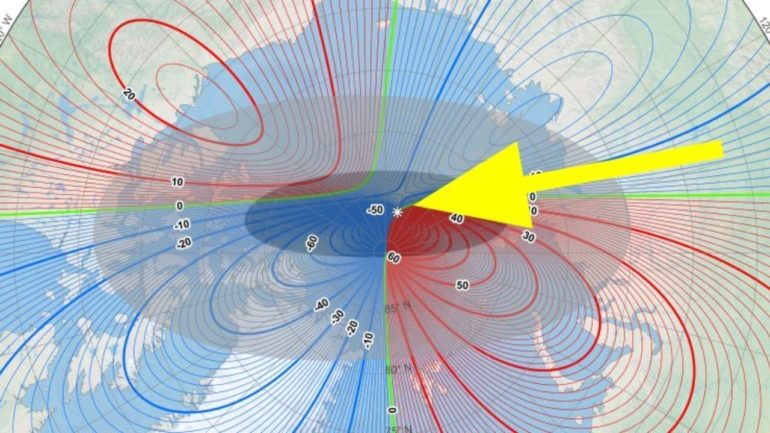Our planet is restless, and its poles are wandering. Of course, the geographic north pole is in the same place it always was, but its magnetic counterpart – indicated by the N on any compass – is roaming towards Siberia at record-breaking speeds
Our planet is restless, and its poles are wandering. Of course, the geographic north pole is in the same place it always was, but its magnetic counterpart – indicated by the N on any compass – is roaming towards Siberia at record-breaking speeds that scientists don’t fully comprehend.
It’s worth stating that while the pace is remarkable, the movement itself isn’t. The magnetic north pole is never truly stationary, owing to fluctuations in the flow of molten iron within the core of our planet, which affect how Earth’s magnetic field behaves.
"Since its first formal discovery in 1831, the north magnetic pole has travelled around 1,400 miles (2,250 km)," the NOAA’s National Centres for Environmental Information (NCEI) explains on its website.
"This wandering has been generally quite slow, allowing scientists to keep track of its position fairly easily."
That slow wander has quickened of late. In recent decades, the magnetic north pole accelerated to an average speed of 55 kilometres (34 miles) per year.
The most recent data suggest its movement towards Russia may have slowed down to about 40 kilometres (25 miles) annually, but even so, compared to theoretical measurements going back hundreds of years, this is a phenomenon scientists have never witnessed before.
"The movement since the 1990s is much faster than at any time for at least four centuries," geomagnetic specialist Ciaran Beggan from the British Geological Survey…


